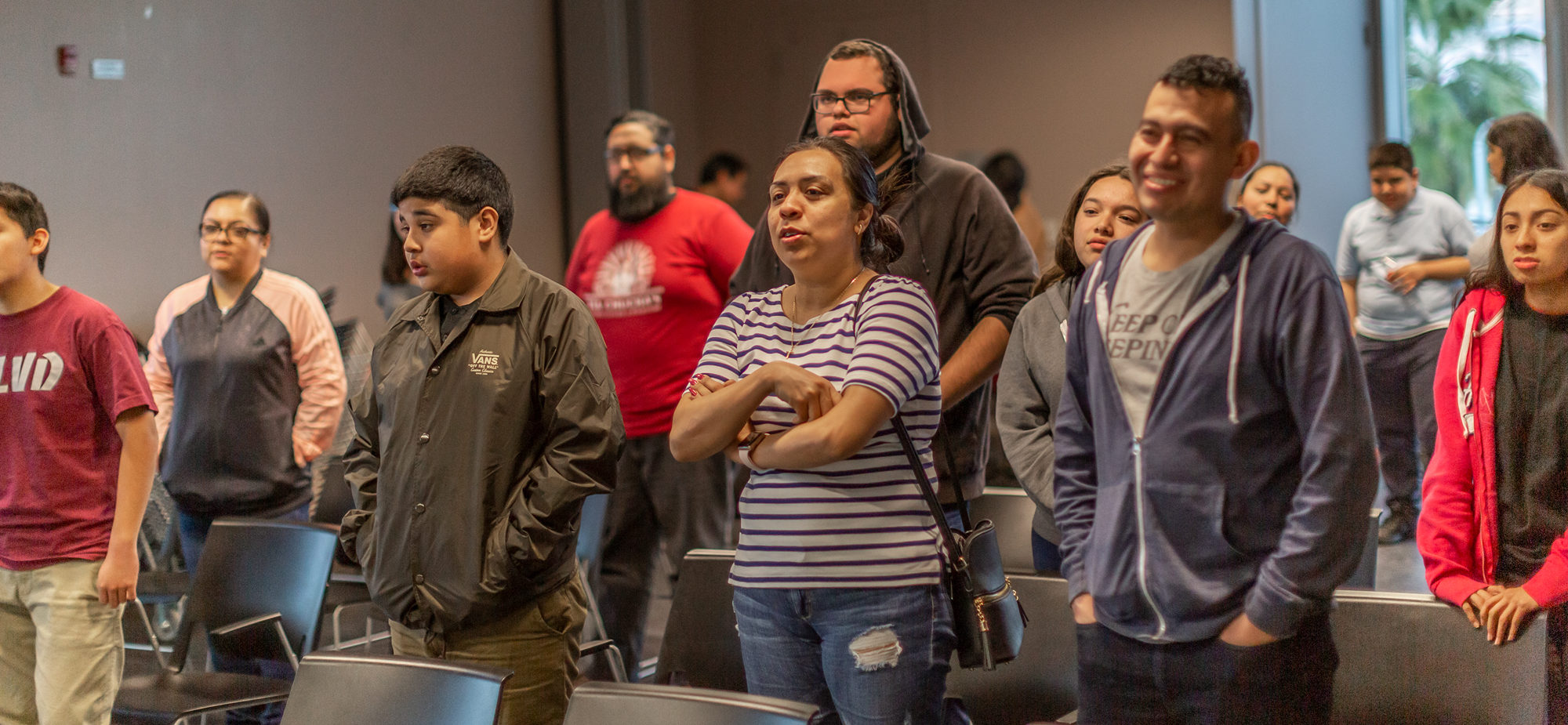The four maps currently featured on the site first began in 2011, when ACTA was integrated into the Building Healthy Communities (BHC) programming of The California Endowment (TCE) to implement the “Activating Cultural Assets Pilot Project.” The goal of TCE’s Building Healthy Communities 10-year strategic direction is to support the development of health, safety, and education in targeted communities where kids and youth are at risk. Within California, TCE has identified fourteen communities which are taking action as part of this initiative.
The “Activating Cultural Assets Pilot Project” used a method called participatory cultural asset mapping which consists of identifying, supporting and mobilizing existing community cultural resources and capacities for the purpose of creating and achieving a shared vision. One of the project’s goals was to identify community-based cultural assets in four of the targeted communities, to promote their incorporation into the work of the BHC initiative. ACTA conducted field work to identify and document cultural assets in Boyle Heights, Eastern Coachella Valley, Merced and Santa Ana.
To conduct this participatory cultural asset mapping process, ACTA, along with the BHC hub, established a local taskforce in each of the four selected BHC sites. The composition of each task force was based on recommendations of local stakeholders by the TCE Program Officers and Hub managers. In general, it included representatives of local nonprofit organizations that have participated in the BHC initiative, organizations with experience in political, social and cultural organizing, and local residents engaged in arts and culture.
To identify local cultural assets, ACTA designed a short questionnaire (in English and Spanish) that was customized and implemented in different ways by each of the local task forces in their respective BHC communities. For the purposes of this pilot project, cultural assets were referred to as cultural treasures, defined as “the people, groups, places and events that reflect cultural expressions that are valued by the community.” It is important to emphasize that the purpose of the questionnaire was not to conduct an exhaustive quantitative investigation of all the cultural assets in each targeted BHC community, but to give the opportunity to the local community to reflect and determine what is culturally significant where they live.
The questionnaire also served as a self-reflective device for respondents to consider themselves as a cultural asset based on their own cultural practices, traditions, and participation. Because the questionnaire was not focused on developing a qualitative statistical reading of cultural assets, but rather to determine how a community sees themselves as a cultural hub, respondents broadened the notion of assets beyond the “people, places, organizations/groups, and events” typology that was suggested in the original questionnaire. Therefore, the “General Cultural Treasures” category was added to group expressions such as collective practices (Hmong language and traditional clothing in Merced, the use of Spanish language in Santa Ana) or even socio-demographic and geographic characteristics (the heat in Coachella, the sunset in Boyle Heights, the Mexican immigrants in Santa Ana).








